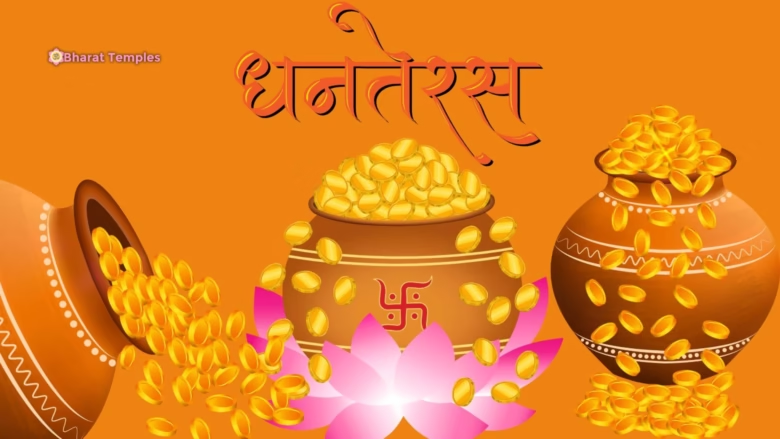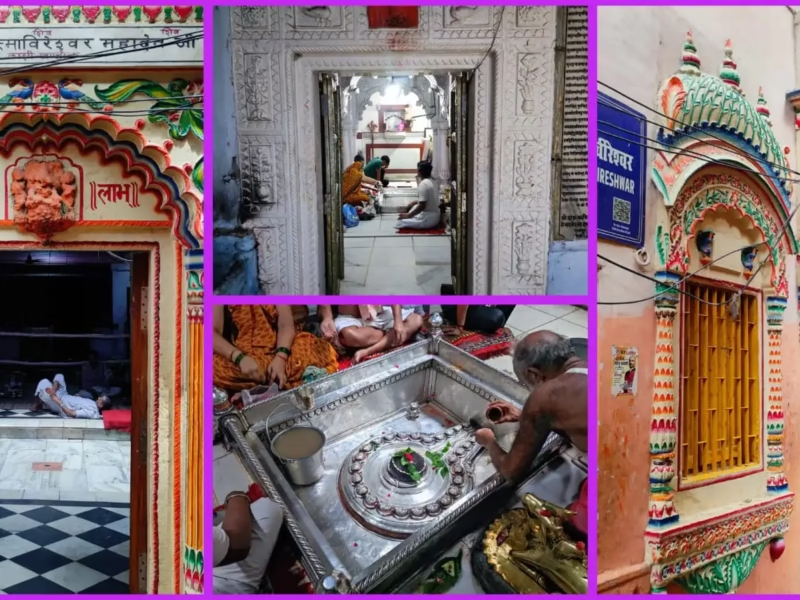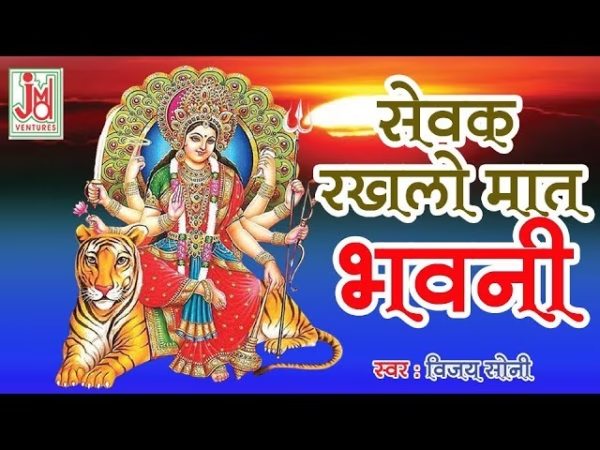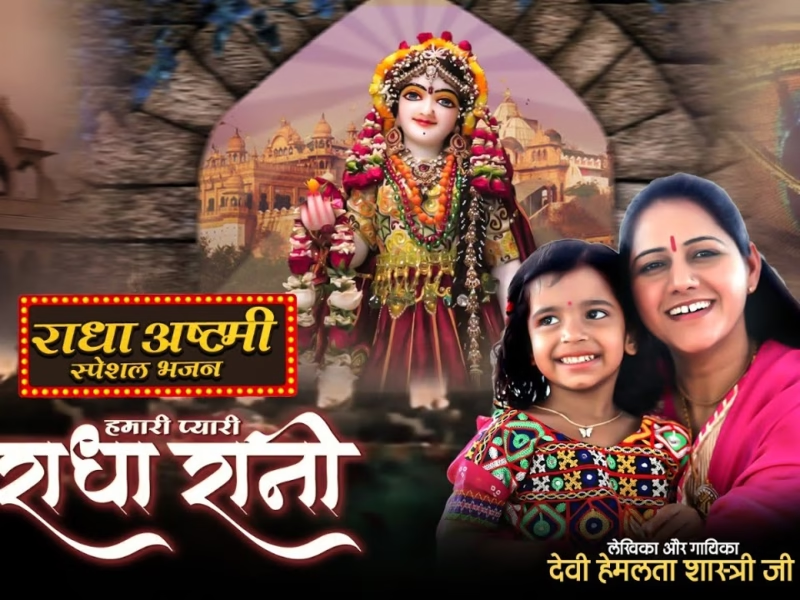Contents
Dhanteras, also known as Dhanatrayodashi, marks the beginning of Diwali—the most celebrated festival of lights in India. This auspicious day, falling on the thirteenth lunar day of the Kartik month, is dedicated to the worship of Goddess Lakshmi, the goddess of wealth, and Lord Dhanvantari, the divine physician and symbol of good health. In 2025, Dhanteras will be celebrated on Saturday, October 18.
What Does Dhanteras Mean?
The word Dhanteras is derived from two Sanskrit terms—Dhan, meaning wealth, and Teras, meaning the thirteenth day. It signifies the start of prosperity, abundance, and health as families across India prepare their homes for Goddess Lakshmi’s arrival by cleaning, decorating with lights, and creating beautiful rangolis.
The Mythological Origins of Dhanteras
Dhanteras has deep roots in Hindu mythology. One of the most popular legends tells the story of Lord Dhanvantari, who emerged from the churning of the cosmic ocean (Samudra Manthan) holding a pot of amrita (nectar of immortality) and the sacred scriptures of Ayurveda. His appearance symbolizes the onset of health and longevity, and the day is celebrated as Dhanvantari Jayanti.
Another fascinating tale is that of King Hima’s son. According to legend, his horoscope predicted death by a snake bite on the fourth night after marriage. His clever wife, to deter Yama (the god of death), placed gold and silver ornaments and lit lamps around the doorway. The dazzling light blinded Yama, and her husband was spared—thus inspiring the tradition of lighting diyas and purchasing gold and silver on Dhanteras.
Rituals and Traditions of Dhanteras
Across India, homes are illuminated with diyas (clay lamps), decorative lights, and rangolis to usher in wealth and happiness. Devotees perform Lakshmi Puja and pray for prosperity, while special offerings of sweets and coins are made to the goddess.
Common customs include:
- Buying gold, silver, or utensils to invite prosperity.
- Performing Dhanvantari Puja for good health.
- Lighting lamps at the entrance of homes to drive away negative energy.
- Drawing Goddess Lakshmi’s footprints at entrances to symbolize her arrival.
Dhanteras and Modern Relevance
In today’s times, Dhanteras is not just about purchasing valuables—it reflects the Indian values of cleanliness, gratitude, and renewal. People also take this day to begin new ventures, investments, or even donate to the needy, aligning with the spiritual meaning of abundance and generosity.
As households echo with chants, lights, and laughter, Dhanteras continues to bring families together, bridging the ancient with the modern.
How to Celebrate Dhanteras in a Temple Setting
For temple visitors during Dhanteras:
- Offer fresh flowers, gold coins, and sweets to Goddess Lakshmi and Lord Dhanvantari.
- Recite Lakshmi Stotra or simple aartis focusing on wealth and health blessings.
- Light five earthen lamps at the temple threshold to honor prosperity and divine protection.
Temples such as Vishwanath Temple (Varanasi), Shree Mahalakshmi Temple (Kolhapur), and Dhanvantari Mandir (Kerala) host grand rituals during this festival, drawing countless devotees seeking divine blessings.
Things to Buy on Dhanteras
Traditionally, purchasing new items on Dhanteras symbolizes welcoming abundance:












